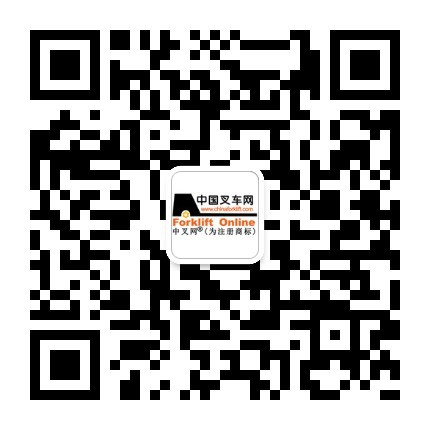Australian Forklift Training offers practical advice and assistance for acquiring forklift licences. Most new sit...
Australian Forklift Training offers practical advice and assistance for acquiring forklift licences.
Most new sit down type (counter balanced) forklifts come fitted with a seat belt. It is common practice at many companies, however, for operators to overlook wearing the belts and they are rarely used.
In fact, quite often when Australian Forklift Training goes into a company to provide training, the supervisors, managers and even operators themselves do not realise that their forklifts even have seatbelts.
It is mandatory for seatbelts to be worn on forklifts that have them fitted. Some forklifts have seatbelts and others do not, depending on the make and model purchased. Basically, if it came standard from the manufacturer with a seatbelt then it must be worn.
The idea behind the belts is that they are designed to keep the operator in the seat in case of a roll over. They are only lap sash type belts so they do not restrict the drivers from turning their shoulders to look backwards.
It is obviously a major pain for operators to put the belts on and off when ever they use the forklift. That is why many small to medium sized companies choose to turn a blind eye to the seatbelts and do not enforce wearing them.
The risk to this, however, is that if one of the forklifts happens to roll over and the driver is not wearing the belt, he would not be covered by the company's insurance and the company will have to answer to WorkCover for not ensuring that belts were being worn.
Drivers themselves can also incur personal fines from WorkCover inspectors for not wearing belts.
More and more large companies are starting to strictly enforce the wearing of seat belts. Some have even gone as far as having the forklifts wired up in such a way that they would not start or run unless the seat belt is on
















 粤公网安备 44010602003952号
粤公网安备 44010602003952号